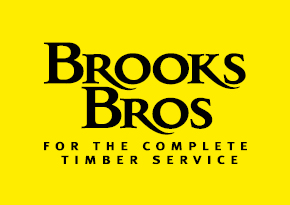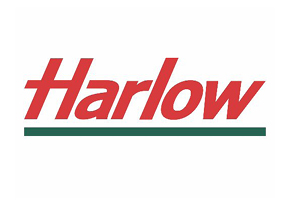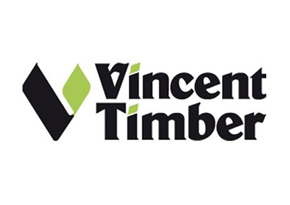Panel Products
Many engineered panel products now exist for a wide range of applications, providing structural, acoustic, fire and decorative functions.
Choosing the right panel product for each application requires a bit of help, which we aim to provide by using our FAQs, simple guides and Panel Product Guide below.
For testing, third-party certification, inspections and training on panel products, call our technical helpline on +44 (0)1494 569601. All commercial services are provided by TRADA’s service provider, Exova BM TRADA.

What are the CE marking requirements for wood-based panels used for construction purposes in the UK?
Wood-based panel products used in construction must comply with the Construction Products Regulation (CPR). The CPR makes it a requirement for construction products that fall under the scope of a harmonised European standard (hEN) to be CE marked and provide a Declaration of Performance (DoP). The harmonised European standard for wood-based panels is published in the UK as BS EN 13986 Wood-based panels for use in construction. Characteristics, evaluation of conformity and marking.
The Building Regulations have been amended to include the fact that it is mandatory for products to be CE marked if they fall within the scope of a hEN or an ETA.
However, having a CE mark does not in itself mean that a product is fit for purpose.
How should wood-based panels be stored on site?
Panels must be protected from rain and direct wetting at all times, ideally be stored in an enclosed building.
Where a short period of external storage is unavoidable, then stacks should be well covered with opaque, waterproof sheeting. The stacks should be placed on bearers to keep the underside clear of the ground and any vegetation. Measures should be taken to avoid the risk of splashing of the underside of the stack. Any protective wrapping should be left in place for as long as possible and only removed when the panels are required for conditioning.
Stacking should be in accordance with the recommendations in PanelGuide, with stacking panels on edge avoided if at all possible.
What tools should I use to cut wood-based panels to size?
Satisfactory results can be achieved using hand tools, but quicker and more consistent results can be achieved using either portable or fixed power tools.
Fixed workshop machines are generally most appropriate, as they provide a better quality finish and allow health and safety requirements to be effectively addressed, particularly in terms of machine guarding, dust extraction and manual handling.
Handheld power tools are generally only appropriate to small volumes of in-situ cutting or final adjustment on site.
Which products are considered 'wood-based panel products'?
Wood-based panel products are panel materials in which wood is predominant in the form of strips, veneers, chips, strands or fibres. The categories usually recognised within this group of panel materials are:
• plywood, including blockboard and laminboard
• particleboard, including wood particleboard (chipboard), flaxboard and cement-bonded particleboard (CBPB)
• oriented strand board (OSB)
• fibreboards, including medium density fibreboard (MDF).
What is the classification system for fire performance of wood-based panel products?
Over the past few years in the UK there have been two separate systems for quantifying and specifying the performance of materials in fire. This is due to the existence of a transitional period as the new CEN (the European Committee for Standardization) reaction to fire specifications begin to replace the previous set of British specifications (BS).
Although the two systems still coexist, and both are referred to in UK Building Regulations, since 1 July 2013, when CE marking of wood-based panels for construction became mandatory, only the new CEN reaction to fire classifications can be used in the Declaration of Performance (DoP).




























